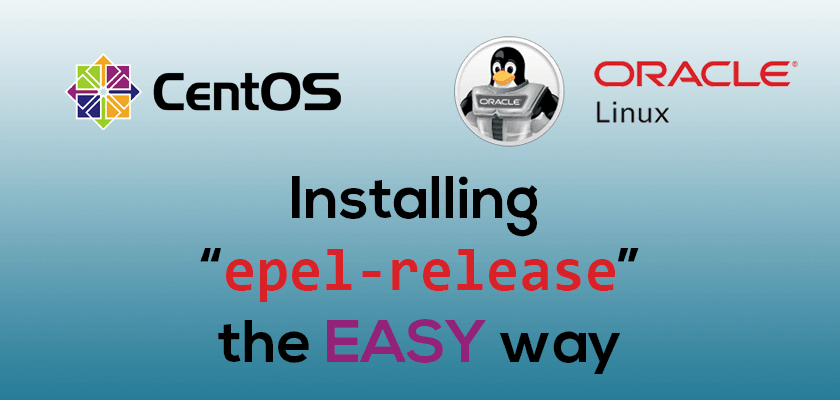TLDR:
Centos 8:
|
1 |
sudo dnf install epel-release |
Oracle Linux 8:
|
1 |
sudo dnf install oracle-epel-release-el8 |
NOTE: if you absolutely need to have “epel-release” installed due to dependancies on Oracle Linux – then use the rpm way:
|
1 |
dnf install https://dl.fedoraproject.org/pub/epel/epel-release-latest-8.noarch.rpm |
The Whole Story
With the news late last year, that Redhat was killing off CentOS, there was a shockwave throughout the industry. To those outside of the linux server environment, I am not sure you could comprehend the vast affect this will have. Many companies rely of the Community ENTerprise Operating System (CentOS) distro which was a direct down stream of RedHat Enterprise Linux (RHEL). And when you have hundreds of production servers currently running CentOS 7, which has a maintenance update End Of Life (EOL) of 2024, that gives a lot of companies just 3 years to find an alternative, and CentOS 8, which ahs already been released, is not it (CentOS 8 has an EOL of December 2021).
Personally, aside from work, I use CentOS for my test servers, and I have been looking for a proper alternative. Currently the new seems to be all about “Rocky Linux” (unreleased) and “AlmaLinux“, both of which have no real history with Linux. These Distro’s, to me, lack the stability of CentOS. In comes “Oracle Linux“, a modified downstream of RHEL which totes its compatibility with currently running CentOS servers, and a way to move over to Oracle Linux, without having to reinstall. This is a BIG leg up for Oracle.
I myself have started testing Oracle Linux 8, the equivalent to CentOS 8, but without the short lifespan. Now coming from CentOS I was always used to installing the Extended Packages for Enterprise Linux repo (EPEL) by simply typing in yum install epel-release (Centos 7) but when I started to test Oracle, no such package existed. I later found that they modified the name to be oracle-epel-release-el8 and it took me quite a while to find this out, so I figured I would post and get the word out.
In the search for the Oracle version of the epel-release install, I came across a plethora of CentOS 8 articles explaining how to install the long way, using an rpm off the fedora site. So I figured I would repost an easier way to do it, as the package is available in the default repo.


You’re the best! Thank you SO MUCH! <3